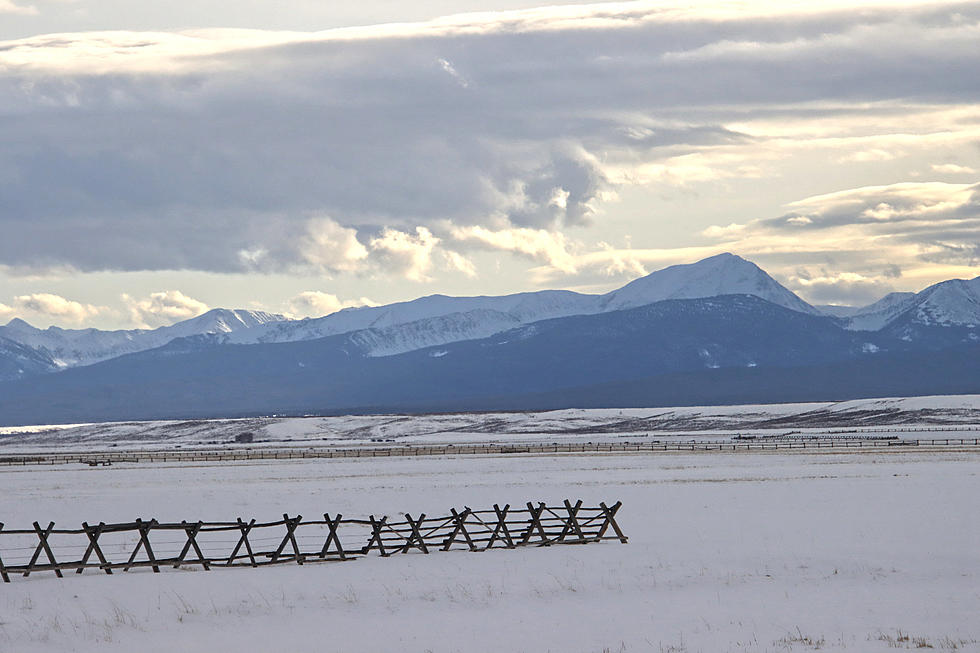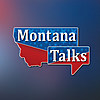
Snow Still Scarce as Montana Winter Winds Down
It may have been "almost t-shirt weather" in Montana over the weekend. But the National Weather Service is still seeing some snow and cold in the forecast as February, and the "official" end of winter arrives this week.
And the changing conditions mean skiers and other backcountry travelers need to use a lot of caution as avalanche danger could take some pretty wild swings at the close of this unusual winter.
Recent storms are helping Montana's meager snowpack, however, that improvement remains limited.

Warm and weird
Unofficial temperatures topped 50 degrees in some Western Montana locations over the weekend, such as the Southern Bitterroot, erasing most of the evidence of the valley snow earlier in the week. Combined with high winds, it meant the melt was on.
NWS forecasters are still expecting some cold temperatures to start the week, with a few locations dropping into the teens the next couple of nights. Showers may include morning snow in the valleys, although the only real accumulation will be at the higher elevations and in the passes.
However, temperatures could crowd 50 again by the end of the week.
Avalanche danger
Both the West Central Montana Avalanche Center and the Flathead Avalanche Center were reporting elevated risk of avalanches through Monday evening, raising the risk for backcountry skiers, snowmobilers, and others playing at elevation. Reports of slides were coming in along the Bitterroot Front, the Rattlesnake, and the Mission Mountains. Avalanche danger remained "high" in the Whitefish Range, the Swan Range, and the Flathead Range, including Glacier National Park.
This week the end of one winter calendar
While most of us will mark the end of winter on March 19th, for meteorologists this week marks the end of winter, on February 28th. That's known as "meteorological winter", which starts December 1st, and is the schedule forecasters use to track data tied to the coldest time of the year.
Next week we'll be watching for the latest snowpack reading from the NRCS, which hopefully shows some improvement for Montana's record-low snowpack.
LOOK: Biggest snowfalls recorded in Montana history
Gallery Credit: Stacker




